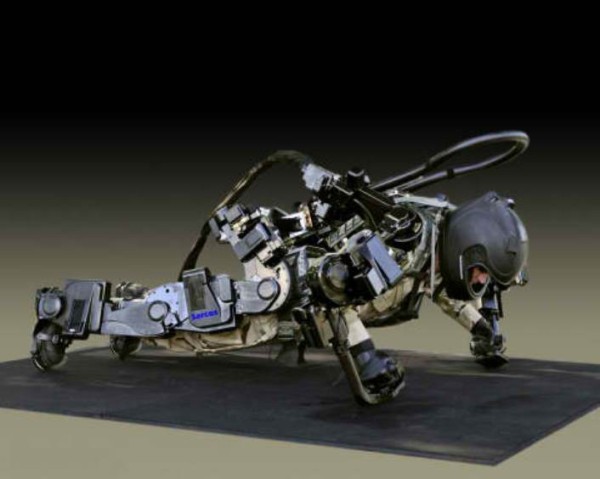A robotic exoskeleton which can help disabled people to walk again will begin production this year, its Chinese developer announced Friday, Feb. 26, the Xinhua News Agency reported.
The report said that since 2010, the Center for Robotics at University of Electronic Science and Technology of China based in Chengdu has been developing the robotic exoskeleton, which is a wearable robot that can be held on one's waist and legs to help with walking and movement.
The report said that the robotic exoskeleton was worn by disabled torch bearer Lin Han at the opening ceremony of the 6th National Special Olympics held in Chengdu last year.
"This new version is more sensitive to instructions thanks to its embedded motion sensors," according to Huang Rui from the Center for Robotics.
Cheng Hong, executive director of the center, added that the new version can assist those suffering from hemiplegia and limb paralysis with walking.
"From mechanical and electric design to software research, all were independently developed by the center," Cheng said. "We hope to see our robotic exoskeleton used as part of medical rehabilitation."
But aside from helping disabled persons walk, robotic exoskeletons may have potential use in military.
An article published in July 2015 by www.popsci.com said that real world researchers are working to provide future soldiers with battlefield exoskeletons.
The article said that most exoskeletons, whether in the U.S., China or Europe, are generally intended for logistical and engineering purposes, due to their short range and battery life. However, it said that Chinese manufacturers are hoping that upgrades to exoskeletons could make them suitable for military use in difficult environments such as mountainous terrain.
The 202 Institute of China Ordnance Industry Group first displayed its exoskeleton at the Nov. 2014 Zhuhai Airshow to show off its flexibility. In June 2015, the 202 Institute also showed an exoskeleton with upgrades, including a larger battery pack on the back, strengthened legs and more powerful, hip-mounted hydraulic/pneumatic pumps to power leg movement.
The exoskeleton can allow the user to carry over 100 pounds and walk 20 km at a speed of 4.5 km per hour (Lockheed Martin's HULC also has similar speed and endurance figures). It also has great flexibility that can allow lateral ground movement such as crawling in the mud while under enemy fire.


